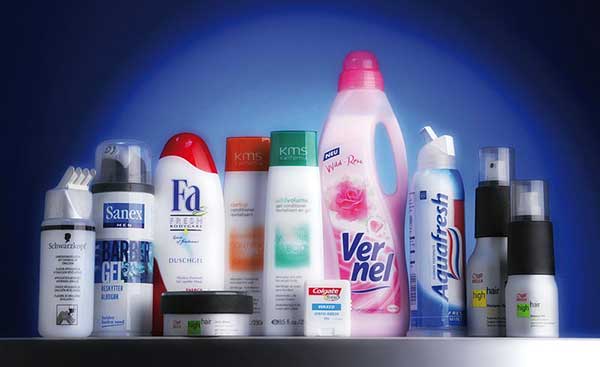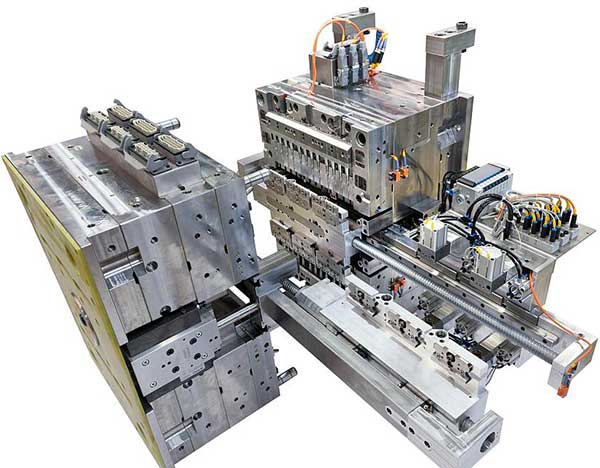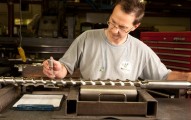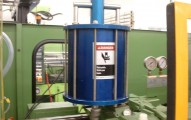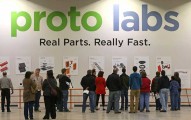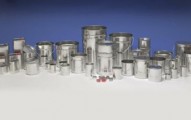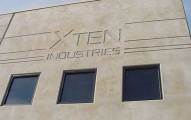Zahoransky Squeezes More Production Time out of Molds
Freiburg, Germany-based mold and automation systems maker Zahoransky Formenbau GmbH has developed a new technology which allows for assembling and cooling outside the mold, maximizing the time the mold is in use.
“It’s all about saving cycle time,” says Michael Schmidt, managing director of Zahoransky. “If the machine is open, it’s wasted time.”
SCPS (servo cavity positioning system) Light debuted at Fakuma in Friedrichshafen. It is a spin-off from the company’s multi-component Paternoster molds.
Outside the mold, inserts or metal parts can be loaded into cassettes and fed to the injection mold. The finished moldings can be removed without any loss of cycle time. Rather than just being used for assembly work or inserting metal parts, the external station can also be used to cool the parts.
The company claims that the special construction of the SCPS Light injection molds means that they are virtually the same size as standard molds, so they can fit into standard injection presses.
SCPS Flex is an advanced development of the SCPS Light mold. It features several stations to outsource external processes. The first station may be used to insert metal parts, for example. After removal, the pre-molded parts can be cooled in the second station throughout the whole machine cycle and processed further, or be printed, for example. The next step involves finishing the parts and taking them to station three where they are removed using a robot. This flexible and modular system can be enlarged and extended with further stations.
“There are not many companies that can handle six-axis robots. Or they don’t want to handle six-axis robots because they’re very difficult to program and to adjust,” Schmidt said. “We have a special interface written on this system — a very simple system where customers can easily teach the simple X, Y, Z coordinates to the robot with existing equipment.”
Every movement in the mold is made with servo drives, totally independent from the hydraulics of the injection mold. The proprietary integrated control system ensures that the molds operate independently from the sequential run of the machine. The Zahoransky control communicates with the injection mold via a Euromap 67 interface. All mold-dependent commands including the activation of all servo axes come from its own control.
The first three examples of the new system were delivered three months ago to Team Technologies Inc., Morristown, Tenn.-based contract manufacturer of medical and personal care products. They are being used to overmold metal shafts with a plastic piece for the brush-heads of Philips Sonicare toothbrushes.

